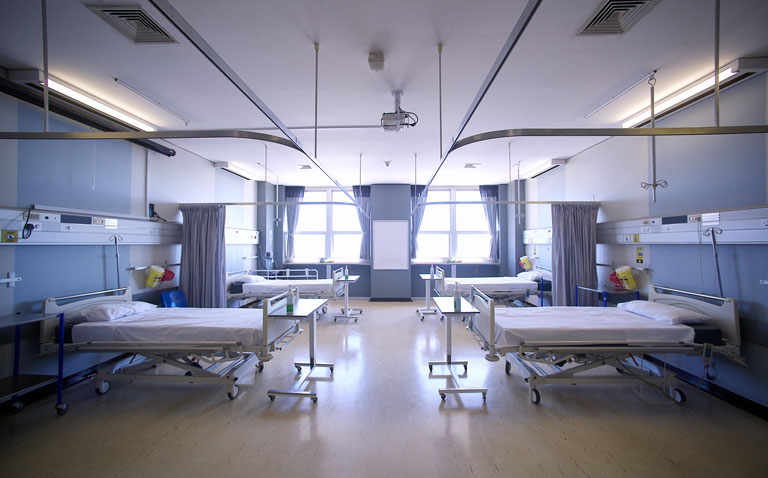New data shows just how quickly virus DNA can spread through hospital wards from contamination of a single bed rail, which has implications for the transmission of COVID-19.
In a new study, a team from the department of civil, environmental and geomatic engineering, University of London, found that when they inoculated a bed hand rail in an isolation room with a sample of viral DNA (which was not harmful to humans), it was found to have spread within 10 hours to 41% of all surfaces sampled within the ward including other beds and clinical areas of the ward.
In fact, 86% of clinical areas sampled tested positive for the virus and more worryingly, the viral DNA persisted so that after 5 days, 41% of sampled sites were still positive. The team noted that in the current pandemic close attention to cleaning was paramount and whilst the virus used in the study was not harmful, it clearly indicated a failure of hygiene measures, in particular hand washing, which is known to remove the test virus. The apparent failure of adequate hygiene measures was of greater concern given that the sample virus was inoculated in an isolation room.
Although the study did not use COVID-19, it clearly showed how lack of attention to hygiene provided a potential route for transmission of a virus, emphasising the importance of cleaning surfaces.
Reference
Rawlinson S, Ciric E, Cloutman-Green. COVID-19 pandemic – let’s not forget surfaces. [Letter] J Hosp Infect 2020; DOI: 10.1016/j.jhin.2020.05.022










